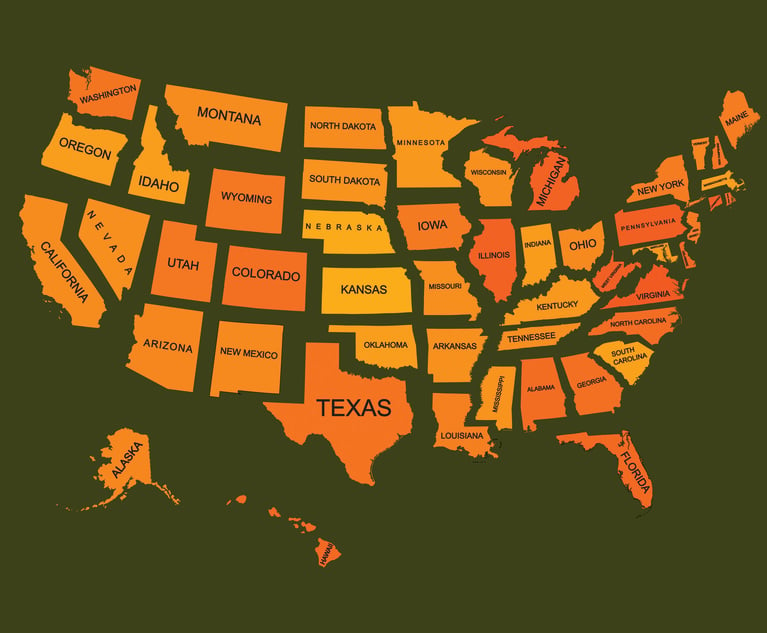We are at least 18 months into the pandemic in the United States and I think it is clear to all that a return to “normal” is not happening, at least not for the foreseeable future. As we all know, the pandemic has also not been equal in its impact. Certain industries have been harder hit than others and many surveys and articles have highlighted the disproportionate impact of the pandemic on women and people of color. Law is fortunately one industry that, overall, can be practiced remotely (more or less—jury trials and other in person hearings are still a challenge in most areas) and in certain practice areas (e.g., employment) there has even been an increase legal work as a result of the pandemic.
Remote work itself, however, is a double-edged sword. On the one hand, even pre-pandemic there were studies that suggested that fully remote workplaces were more beneficial for women, with more women attaining leadership positions in those companies than in traditional workplaces. Flexibility in balancing work and home life was one reason given, but there are likely others. During the pandemic, of course, that balance was often missing as in-person schools, day cares and other childcare resources that families relied upon were unavailable, shopping and other errands became infinitely more complicated, and even extended family support vanished in certain cases as folks worried about spreading COVID-19 to vulnerable, aged family members. Yet, studies, such as this one from McKinsey, also show that despite the challenges and even the burnout felt by many workers, many women (and some men) still prefer having the flexibility to work remotely (or at least on a hybrid basis) going forward. Workplaces are struggling to adjust, with many legal workplaces trying to encourage (if not mandate) their workers to get back into the office. Interestingly, it has seemed to me over recent months that corporations (as opposed to law firms) have been less likely to push workers in this direction and are more willing to entertain fully remote work or at least a hybrid model, one that only brings workers together occasionally when truly necessary for collaboration. This study from PWC seems to support this, with only 20% of executives wanting things to return to exactly how they were pre-pandemic.

 Nicole D. Galli president and founder of Women Owned Law.
Nicole D. Galli president and founder of Women Owned Law.







